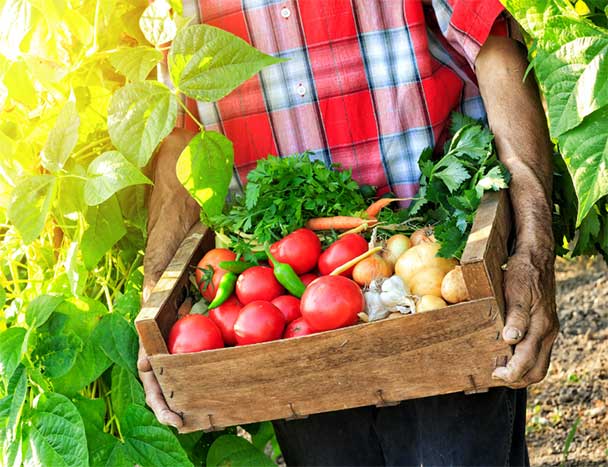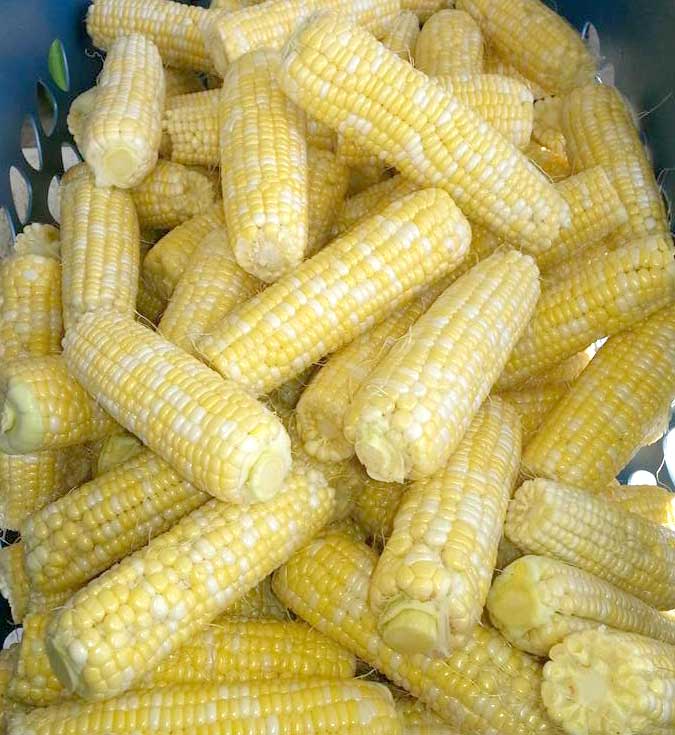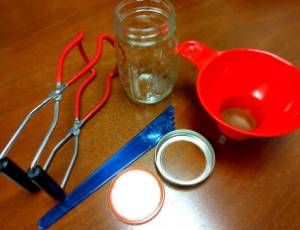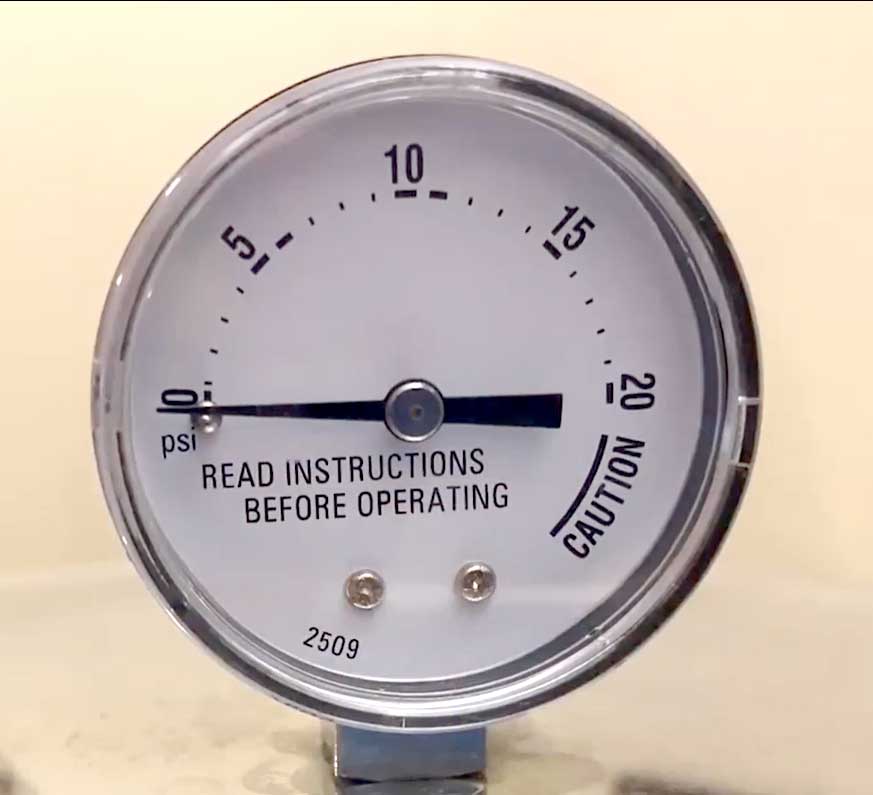Self-Sufficient U Blog
Contact
Clark County Extension Service
Amy Simpson, Horticulture
Cindy Ham, 4-H and Ag
JoAnn Vann, Family & Consumer Sciences
Phone: 870-246-2281
Email: clark-arkadelphia@uada.edu
Follow us on
Facebook
Clark County
Cooperative Extension Service
640 S 6th Street Suite B
Arkadelphia, AR 71923

Getting Started With Preserving Produce
JoAnn Vann
It’s Time to Get Ready to Store the Garden Bounty!

Looking at our garden over the weekend, I realized that it is a bit delayed due to the cooler late spring weather. However, the growth of our crops is shouting, “Get ready! You are about to be overloaded with produce!” If you raise your own food or shop at local farmers’ markets, you know that when the crops come in, they are in! They do not care one smidgin about how busy we are that day or week or if we have “time” to put up the bounty. Having a plan, your supplies gathered, and your equipment ready to use greatly reduces the time crunch stress created by abundant garden crops.
1. Have a plan.
Decide ahead of time which food preservation methods you are going to use with each crop. Freezing, water bath and pressure canning, and drying are options available for home food preservation. It is time to brush up on the food preservation requirements of each food. Key questions to ask yourself are:
How much should I put up?
Home canned foods are safe for 1 year. Think about how much your household will consume within that time frame. Food preservation is rewarding, but let’s be honest, it’s a lot of work. It is a terrible feeling getting to the next gardening season and seeing tons of left-over food that must be discarded and thinking about all the time wasted putting it up. Decide ahead of time how many containers you need and then consider selling the extra or donating to a food pantry.
Which fruits and vegetables are safe for water bath canning?
Low acid vegetables and meat cannot be safely preserved using a water bath canner. These must be preserved through freezing or pressure canning, except for safe pickling/fermenting of some vegetables.
2. Gather Supplies.

Once you have decided which method/s you plan to use, check your supply inventory to see what you will need to complete your plan by asking these questions:
What recipes will I use?
Pathogens that cause foodborne illnesses cannot be seen, smelled, or tasted. When water bath canning, safe food preservation depends on the reaction of acid level, time, temperature, and recipe composition. Only use recipes and instructions that have been researched to ensure your product is safe. Many recipes require additional ingredients such as lemon juice, vinegar, sugar, and pectin to create an environment resistant to pathogen growth.
Do I have enough containers?
When freezing foods, use freezer safe containers or bags. Use containers in sizes that fit your household serving needs. For example, for a household of two, freezing in pint or quart size works well. However, if you are feeding a household of five or more, using half gallon or gallon size containers may be a better option.
Do I have enough canning jars and two -piece lids?
Current research indicates that only two-piece canning lids (new flat lid with jar ring) and jars designed for home canning are safe. Reusing jars from commercially purchased foods, reusing lid flats, or sealing with paraffin are not recommended for home preserved foods that will be stored without refrigeration or freezing.
Where are my permanent markers or labels?
Each container should be labeled with what the product is and dated with the month and year it was preserved.
3. Prepare Equipment
Time to pull that equipment out of storage! Based on your plan, pull out and clean up everything you will need to complete the processing steps. Key questions for this step are:
Has my dial gauge pressure canner gauge been tested this year?

When pressure canning, maintaining the specified pressure level for the correct amount of time is crucial. The Extension Office offers free dial-gauge pressure canner testing to ensure that your gauge is reading the correct amount of pressure. Testing only takes a few minutes so call to schedule your testing appointment.
Will I need to blanch any of my produce?
Blanching stops ripening enzyme action by heating produce for a specified time and then cooling quickly. Large stockpots and ice bath pans make this step easier.
What other equipment will I need?
Jar lifter tongs, strainers, long stirring spoons, funnels, and ladles are often needed to complete food preservation tasks. These need to be clean and easy to access when the rush of garden produce makes it to the kitchen.
Not sure how to get started?
The National Center for Home Food Preservation is a free, research-based online resource with downloadable and/or printable guides. Check out our Arkansas Extension food preservation webpage for more helpful videos, tips, common questions and answers, and so much more!
As always, feel free to contact me with food preservation questions at the Clark County Extension Office at 870-246-2281 or by email at jvann@uada.edu .